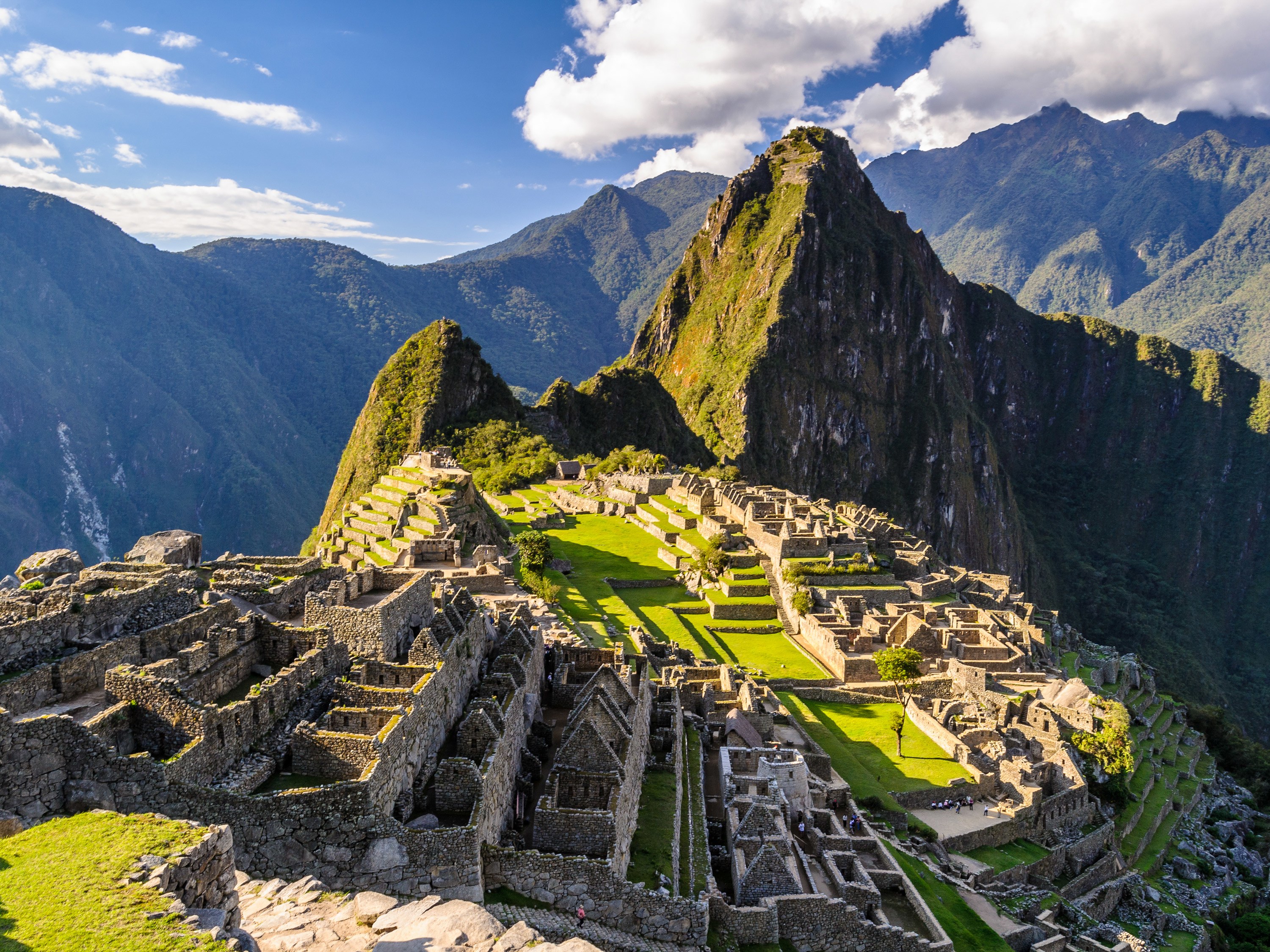Is the Altitude at Machu Picchu Really That Tough? (and why It WON’T Ruin Your Trip)
How will I be affected by Machu Picchu Altitude?
Are you concerned about the Machu Picchu altitude, and whether it will affect you during your vacation in Peru?
This mighty New Seventh Wonder of the World is by far the most popular bucket-list destination we can visit in this incredible South American country. However, given its location up within the towering Peruvian Andes, many travelers worry if the altitude will affect them – as well as how we can best prepare ourselves before visiting.
In this article, we’ll explore the Machu Picchu altitude and why it’s not as bad as it first seems. As well as looking at how we can prevent any symptoms from occurring in the first place, we’ll also answer your most frequent questions in our FAQ section.
The Basics Of Machu Picchu Altitude
Machu Picchu is located at an altitude of 7,970 ft above sea level (2,430 m), nestled between the spiraling Andean cordillera and the high Amazon Rainforest basin in southern Peru.
Usually, we can begin to notice changes in altitude above 7,000 ft, and at Machu Picchu’s elevation the effects are noticeable and can affect some travelers. However, because the ruins are located at a fairly moderate altitude, oxygen is still very much readily available – so the effects won’t be as strong as at other, higher-altitude destinations in Peru.
It’s important to mention Machu Picchu’s unique geographical positioning also plays an important role. Here, we can enjoy greener pastures and vegetation around the sacred site – which means more abundant oxygen, as well as a nice change from the more barren, mountainous landscapes of Cusco and Puno.

Is The Machu Picchu Altitude Really That Tough?
The truth is that the site of Machu Picchu itself is not that problematic when it comes to altitude sickness – and at 7,970 ft (2,430 m) in elevation, it’s easy to walk around these sacred archaeological ruins without much difficulty.
Most cases of altitude sickness actually begin in Cusco before travelers make their way to Machu Picchu. This is due to its higher location at 11,200 ft (3,399 m), and the fact that we must first travel to Cusco by plane or bus in order to reach Machu Picchu.
Overall, however, altitude sickness in Machu Picchu or Cusco really isn’t that tough and can easily be managed or prevented entirely with the right preparation and advice. This includes taking the right medications, properly planning your Peru trip with our travel experts, and using the most comfortable and efficient transport methods to help prevent and manage any altitude sickness symptoms.
How To Avoid Altitude Sickness At Machu Picchu
Thankfully, altitude sickness is easily preventable once you know how it affects the body and how to best prepare beforehand.
The best way to prevent Machu Picchu altitude sickness is by taking medications such as Diamox (Acetazolamide), which allow for quicker acclimatization to higher altitudes. You’ll first need to consult your doctor to make sure you can take them, but in the event that you can’t, there are other options too.
Local altitude sickness prevention methods are also safe for tourists in Peru and have been tried and tested for centuries. This includes drinking coca leaf-infused teas, as well as taking Soroche Pills – which can be bought in most pharmacies in Cusco.
Finally, a big part of avoiding altitude sickness in Machu Picchu comes down to strategically and gradually increasing your elevation when traveling through Peru. When ascending from Lima to Cusco and Machu Picchu, it’s worth stopping in destinations like Ica, Nazca, and Arequipa along the way so you can slowly acclimate beforehand.
And if you do still find that you have some minor symptoms such as a headache or fatigue once you arrive – there are many ways our team can help manage and resolve these. This includes drinking coca tea, taking Soroche Pills, and visiting a local Oxygen Bar for a more refined treatment plan.

Frequently Asked Questions about the Altitude at Machu Picchu
Below we answer some of the frequent questions we receive about Machu Picchu altitude, as well as other important things to know before your trip.
Will I Get Altitude Sickness At Machu Picchu?
While it’s not possible to predict who is more likely to get altitude sickness, the chances of anyone getting it at Machu Picchu aren’t as high as you might think. Roughly one-third of travelers feel some kind of light symptoms, but these are easily manageable when following our surefire altitude sickness management advice during our luxury Cusco and Machu Picchu tour.
What Medication Is Used For Altitude Sickness In Machu Picchu?
The most popular medication is Diamox (Acetazolamide), typically started a couple of days before heading to Machu Picchu or other high-altitude areas in Peru. Locally, coca tea and Soroche Pills also help prevent altitude sickness. Always consult your medical practitioner before taking any new medications.
Does Sugar Help With Altitude Sickness?
Multiple scientific studies have confirmed that sugars can help relieve altitude sickness, with glucose showing the strongest effect. For this reason, it’s a good idea to eat a hearty breakfast (even if you aren’t feeling hungry) to reduce any symptoms you might experience.
Overview Of Machu Picchu Altitude
And that’s our guide to Machu Picchu altitude and how to prepare before visiting. Full of sacred history and mystery, Machu Picchu is one of the most exciting sites to visit in all of Peru. While altitude can occasionally cause minor symptoms, these are easily avoided with good preparation – and will not affect your overall Peru vacation.
At The Luxury Peru Travel Company, we understand the importance of planning your trip properly to minimize altitude-related issues. Click here to start creating your dream Peru journey with us today – our expert team is here to help with any questions you may have.

